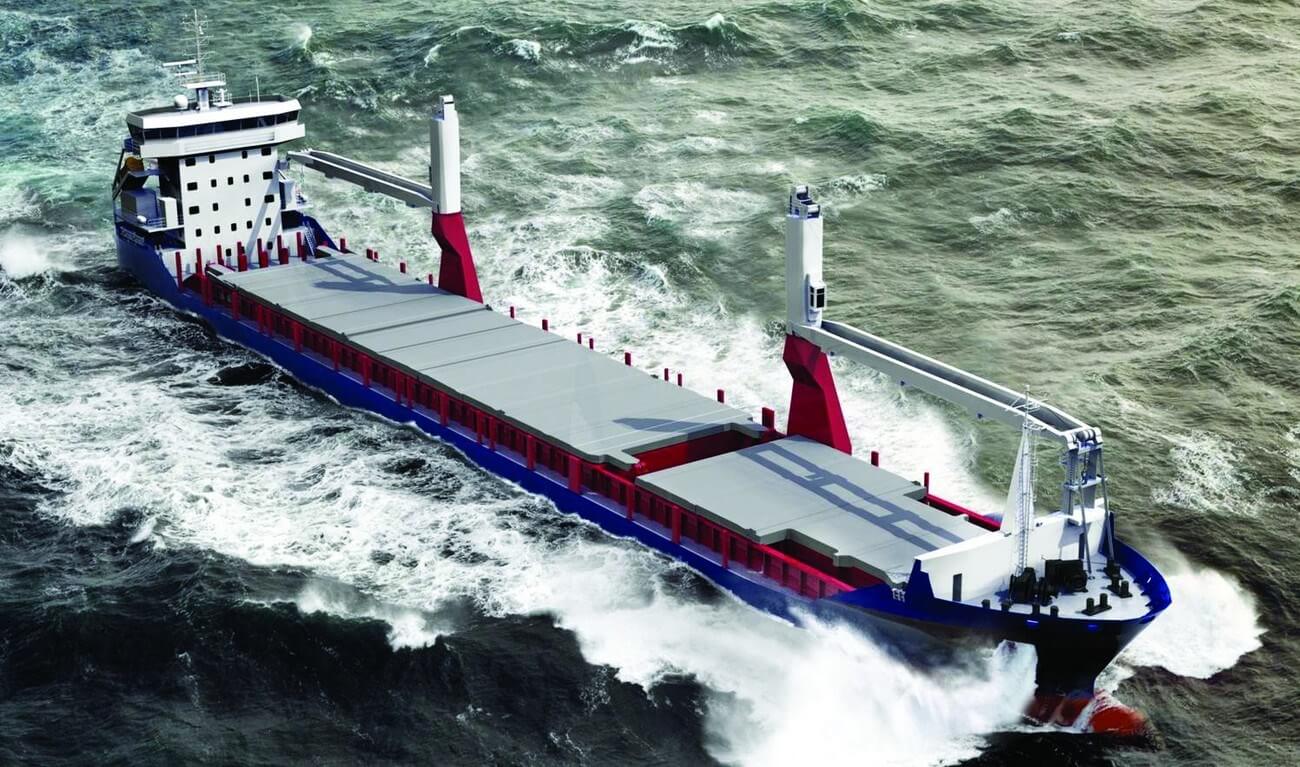
Drewry has downgraded its outlook for multipurpose shipping, which includes both breakbulk and project cargo vessel types, in light of weaker projected global economic growth, greater competition from dry bulk and container sectors, as well as slower ship demolitions.
The bedrock to MPV demand is the demand for dry cargo and within that dry bulk and general cargo. With the ongoing tariff war affecting Chinese steel production, expectations for dry bulk iron ore volumes have weakened over 1H19. However, concerns that the same tariffs would affect steel cargoes has proved unfounded. Clearly US-China trade has decreased over the last twelve months, but imports into Europe and the Far East (excluding China) have improved. Meanwhile the overall situation is improving as new trading partners are sought.
So at the half year point we expect dry bulk and general cargo volumes to increase at an average annual rate of around 2% in the medium term. The bulk and container markets encroach on the MPV sector in both the carriage of breakbulk and project cargo and the increasing containerisation of cargoes. With uncertainty rising across the globe due to tariff wars, the rise in populist policies and a slowing Chinese economy, all dry cargo sectors have been affected by slowing demand – and this means greater competition for the cargo that is available.
Also in the equation is the multipurpose shipping fleet supply. The newbuilding deliveries versus the demolition candidates produces fleet growth or contraction. We currently have a fleet that is hampered by an ageing group, representing about 12% of the fleet, which are mainly trading short sea in the breakbulk trades. Regrettably, over the first half of 2019, we have not seen any significant sales for demolition that would suggest owners are starting to get rid of these vessels. This translates into fleet growth of around 0.3% per year over our forecast period.
This is admittedly very slight – but it means that the overage tonnage currently holding the fleet back is not being removed as quickly as it should be. MPV operators are, in the main, opting for low sulphur fuel over scrubbers to comply with IMO2020. With minimal investment needed to keep their ships going they are running them as long as possible.
When we put demand and supply together we produce a balance and this forms the basis of our longer term forecast. The first half of 2019 has been very poor for the MPV sector, in spite of the promise held at the beginning of the year. Average rates for a 10-15,000 dwt MPV for end 2018 were $6,650 per day but for 2019 they have already slipped to $6,630 per day– a drop of about 4%. Going forward we see little possibility of improvement before 2021, unless demolition levels suddenly kick-start the sector next year.
There are areas where this subdued forecast could pick up. Project cargo demand is expected to provide a boost to the sector over 2H19 as a number of projects get to the cargo-carrying stage. This section of the fleet is not suffering from overtonnaging and should be able to secure improved forward rates. Equally, if our expectations for the trade war are correct and actual cargo demand issues are limited, we can hope to see a less aggressive stance from the container lines, allowing further improvement in market share.
Source: Drewry

